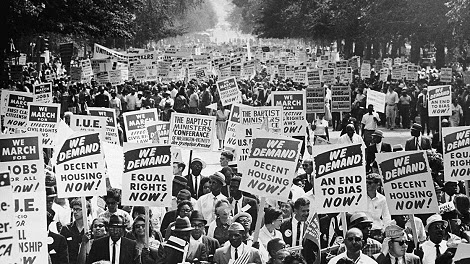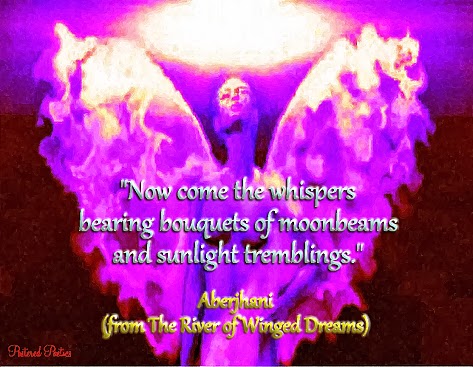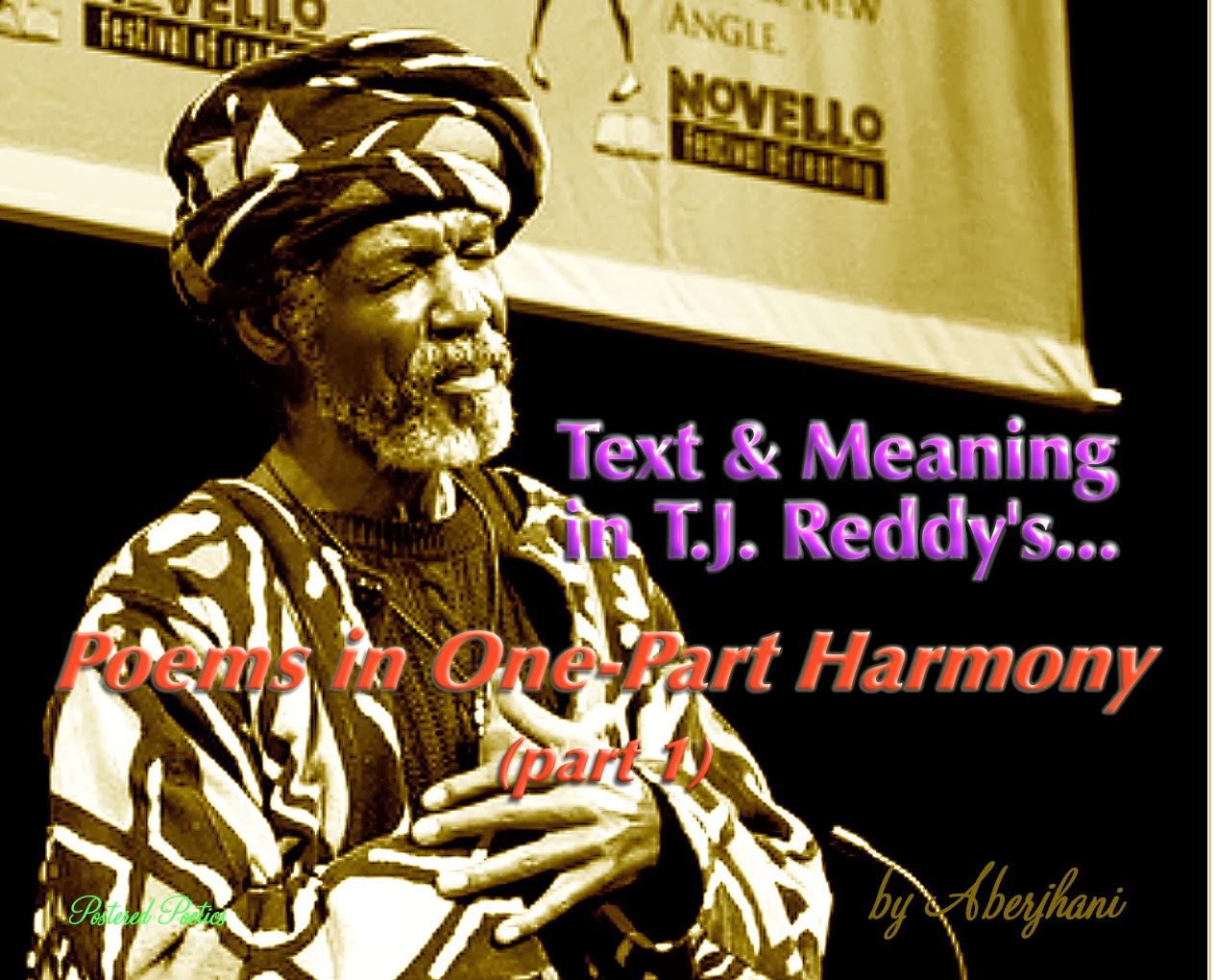Calligraphy of Intimacy: World Poetry Day 2014

Untitled photographed mixed-media painting by Jaanika Talts. (All rights reserved by the artist) One need not, after all, call oneself an artist in order to embrace either the beauty that roses give to the world or the genius that one’s love does. (Aberjhani) I. ENCOUNTER WITH BEAUTY When viewing a recent untitled painting by Dublin artist Jaanika Talts a strange thought came to me. It was this: Between the elegant reach of an artist’s color-stained fingers toward her canvas and the haunted explosion of a soldier’s bullet inside his brother’s chest, somewhere a terrified soul is seeking shelter inside the warmth of a stranger’s voice, or an infant is squealing at the incomprehensible delight of discovering it is alive . As I said, it was a strange thought. Talts’ painting depicts a cluster of multi-colored roses in different stages of blossoming, nestled against the flesh of dark green leaves and framed by deep brooding shades of emerald, bron


